* Bug OUT Bag - 72-hour kit that we can grab if forced to evacuate in a hurry.
*
Bug IN Bag(s) - supplies for camping out in or on our own property, while
coping -- and helping others cope, as well -- with the disaster
there's no single formula that's best.
HURRICANE SURVIVAL KIT
Who will be in your shelter? In-laws, out-laws, friends. or neighbors?
Hopefully you are in underground shelter for tornadoes
SHTF is another scenario
This situation means you have NOTHING for a few days.
So what do you pack?
What would you want?
What did I forget?
THESE all stay in our "shelter
*Pelican box with a Luma-Power M3 transformer
* lithium batteries for over two weeks of use.
**NOAA weather alert radio -portable short wave (world band) radio
-Air Horn
-Barter items
-blanket
-cash mostly singles & change (large bills aren't good as you MAY NOT get change back)
-crank radio - SOLAR
-crank flashlight - SOLAR
-Cell phone & batteries
-duct tape
-Emergency shelter (basically a rip-proof mylar sleeping bag)
-everything can fit into one of those cargo-pocket organizer things
-extra batteries
-First aid kit (with signal mirror, fire starters, Lighthound keychain light, multitool, iodine, etc.)
----I'd beef up the first aid items especially medications as needed
-Flashlights
-glow sticks
-good protection eyewear would be essential
-handgun & bullets
-Leatherman-Leather work gloves
-Map - for your state & surrounding states-Monster sized pry bar-paracord - 100 ft.
-plastic grocery bags-dozen NO holes, compact & carry water, wrap food, endlessly useful
-Pocket Chainsaw (for shelter building, firewood)
-poncho's for each person (and 1 per pet)
-space blanket
-small pad of paper & pencils/pens ##
-waterproof list emergency phone numbers including family members living in other areas
-water
-whistle- military type
~~
-all property-related papers such as deeds
-insurance policies
-photocopies (at least) of the passports
-certified birth certificates
- other identity papers for every member of the family
-Medical-Dental-Optical ID's for person/family
-USB drive with your important documents scanned in, phone numbers, contacts, etc.
- REGULAR CORDED PHONE, when/if the power goes down cell towers - cordless phones can go out, corded phones run on 24V provided right in the jack and as long as it hooks back into the network you can ALWAYS dial 911 no matter where you are and whether or not you pay a bill.
-a laminated list of all high dollar items with serial numbers in your house, it makes insurance claims a breeze (We do this in the MILITARY all the time) set a number like $150 and put everything that costs more than that on your indestructible list
- important documents you would normally put in a safe scanned and put on a thumb drive/flash card, encrypt it, and keep that in case. (you can keep you list of high dollar items on here too for a backup copy...include digital pics)
CLOTHES
Fleece
jacket (warmth)
cold gear top and bottom (warmth)
jacket and pants (protection from rain/snow/wind)
two pair socks
change of clothes with
warm jacket - No cost (old clothes)
spare long-sleeve heavy cotton shirt does great double-duty as a pillow
COOKING
Can opener
fire starters
hat
jacket
Knife - Large fixed blade knife (doubles as a hatchet/hammer/prybar)Knife/multi-tool
Bic lighter
matches -sealed in plastic
Plastic bags - pack small & keep things dry, storage, water collection, etc.
pot -pan
stove - Multi fuel stove + fuel canister & pump
utensils eating
EVACUATION
colored smoke
LED strobes to throw out for SAR (Search And Rescue).
FOOD
Meal bars- energy bars, 3x 3-day Emergency Food rations (3600 calories each)
MSR Water Purifier pump
Candy
dry soup
snacks -Snickers bars, M&M
instant oatmeal packets for variety
MRE - ready foods
Chocolate
treats
KIDS
DVD & player
deck of playing card
toys -
few paperback
books
PETS
Cat Food
Dog food
~ other pet & animal food
food dish
water dish
paw boots - glass cuts
rain gear or people ponchos
toys
blanket
pet carrier
treats
harness - with extra set tags w/ name & address + Pet Name on other side
leash
Pet Shot Records in zip lock
SANITATION NEEDS
Port-A-Potty PHOTO copyright* property of *HomeMade Is Easy blogger ~ Virginia
TP, Paper Towles, Garbage Bags, Sterile Wipes, Sani-gel
Port-A-Potty PHOTO copyright* property of* HomeMade Is Easy blogger ~ Virginia
Port-A-Potty PHOTO copyright* property of*HomeMade Is Easy blogger ~ Virginia
dental floss for teeth & repairs (far stronger for repairs than simple sewing thread)2-3 heavy sewing needles
Deodorant
port-a-potty lid that turns the bucket
toothbursh
toilet paper
## If
your party needs to separate, having the ability to leave notes as to
intentions and/or directions can be a godsend. Zip-lock to put notes in
& pre-stapled rubber band to leave notes attached to something.
EXAMPLES ~
Bottles
of soda or other barter items: For example: After the disaster (with
roads & convenience stores shut down), if you need some help on a
fallen tree from your neighbor who just happens to have a chainsaw,
would you rather ask for his help by: offering him a $10, or offering
him a beer or two? I pretty much guarantee that most folks would prefer
the beer for helping out a neighbor. Handy for bartering overall,
when much of commerce & many services are temporarily shut down.
Shelter in Place Extraction tip- given what I have seen on the
news in tornado alley lately.......
~~Today show this A.M. - family of 4 that was trapped (for a very brief time) in their storm shelter in
Norman Oklahoma. The door was covered with debris.
So...second
for the MONSTER PRY BAR and Cell phone- maybe a 10 ton Bottle jack and
spud bar- too heavy in the BOB or go bag- but worth thinking about for
the shelter.
They were able to open the door about a half inch- so maybe some colored smoke and LED strobes to throw out for SAR. (Search And Rescue).
I drive all over the corner of my state and have enough to hike back home (200kms at most) if the SHTF.
*Just the vitals in Bug-Out-Bag in car
*
I also keep a few tins of baked beans & can opener in the car as
these will be the first things consumed before making off for home or
wherever.
*If
the SHTF when I was around, I can load up ALL our camping gear and a
weeks worth of food in 1/2 hour as I keep it in a ready to go condition.
However if I'm not around I doubt my wife could do this, she's half my
size with half the strength. Our tent
alone weighs 35kg.
*So
I'm thinking two maybe three 100ltr duffle bags each weighing no more
than 15 kg plus a 5kg 4 person tent. We have three kids so need to be
enough for all four of them (I already have mine). These she can easily
lift into the car and go to our predetermined meeting place, which is
about 100 kms out of town on the back roads.
AVOID MAIN ROADS AT ALL COSTS.
equipped.org is another site good for this topic.
fresh debris around and possibly some wind gusts, good protection eyewear would be essential.
Having a corneal abrasion sucks enough in general; 10 times worse in a post-tornadic scenario.
PROVIDE HEAT
LIGHT
FRESH WATER
FOOD
COMMUNICATION
ENTERTAINMENT
SHELTER
 (3) cans of tuna
(3) cans of tuna
pepto bismol tabs
Pocket Constitution
ear plugs which are too big and will replace when I get back to work
pack of AAAA batteries
winter mask
bag of rolled cardboard dipped in wax w/ matches
Pelican case w/ batteries
hat
dust mask
(2)emergency blanket
emergency poncho
respirator w/ extra filter
pill tube of 'PJ' cotton (PJ= petroleum jelly)
(5) AA batteries
P38 can opener
Camillus Becker Bk-7
Aquamira Purifying straw
roll of TP (had to use it before  )
in large zip lock bag at the bottom of the screen contains:
cotton balls
petroleum jelly
toothbrush (?)
small first aid kit
)
in large zip lock bag at the bottom of the screen contains:
cotton balls
petroleum jelly
toothbrush (?)
small first aid kit
Magnesium type firestarterFerrocerium rod
and or magnesium bar
Small compass
A loud whistle
Back-up cutting instrument. (neck knife, tactical folder, or similar)
Chocolate other quick energy supplement.
Ibuprofen/Advil
ImodiumAD
Electrolyte powder (Gatorade or generic)


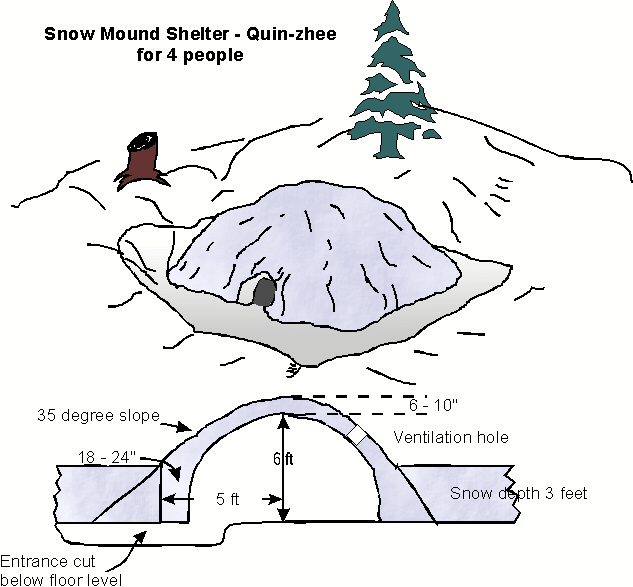
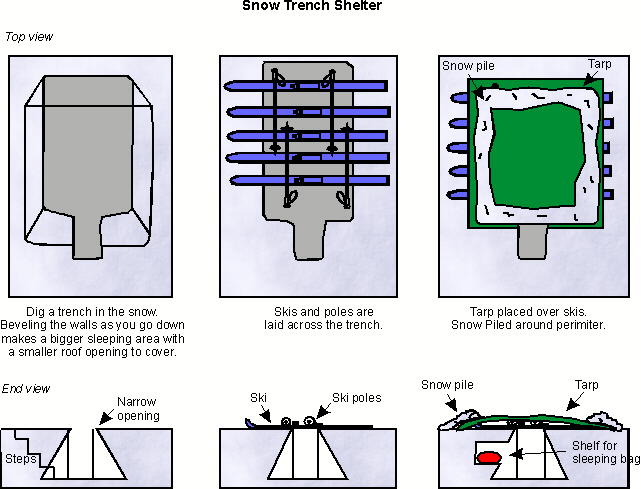
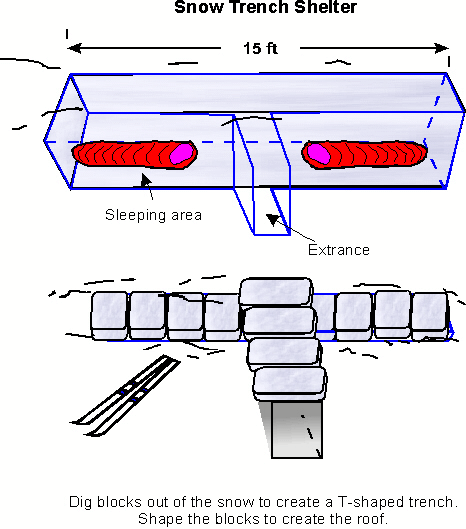
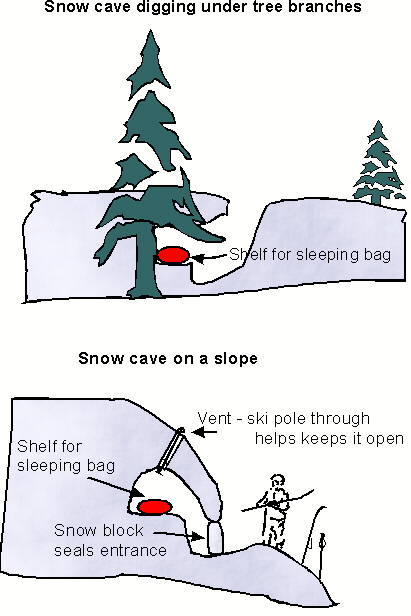
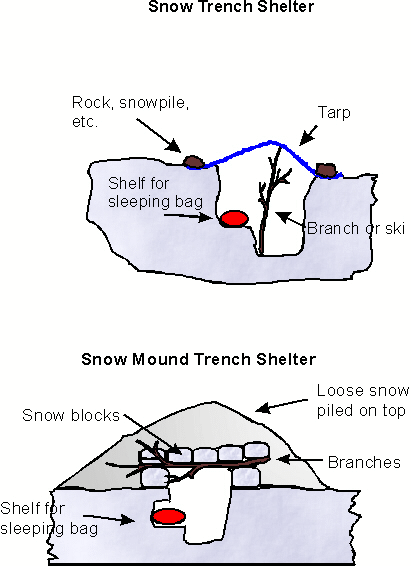
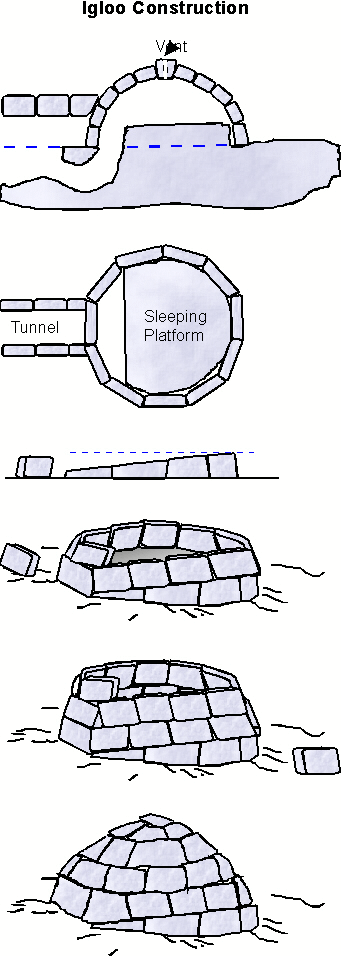




.JPG)


.JPG)










